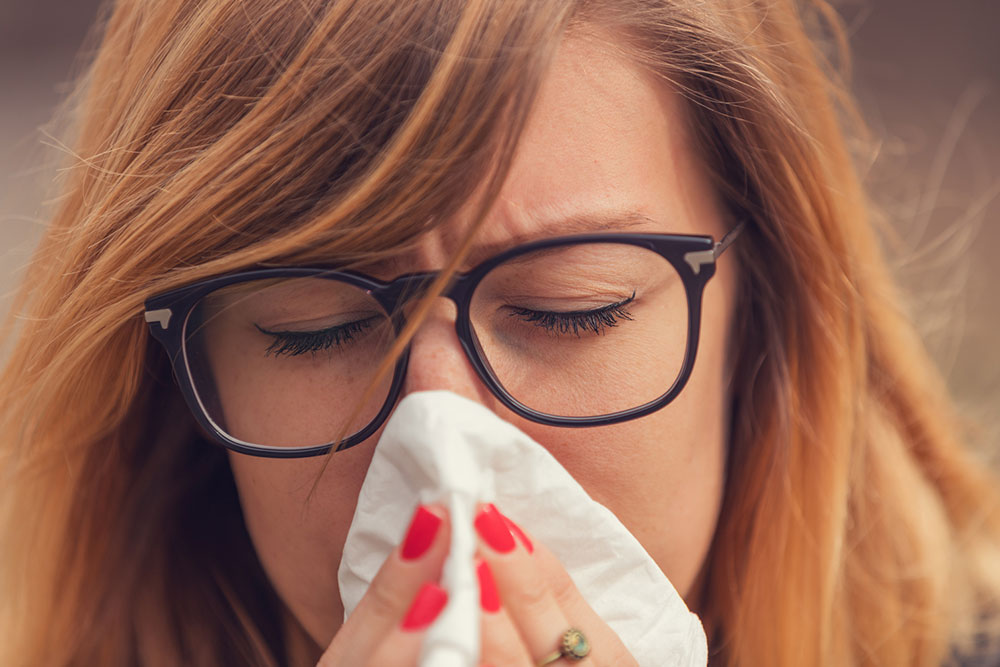Understanding and Managing Seasonal Allergies
Learn effective strategies to manage seasonal allergy symptoms caused by pollen and mold. Discover practical tips like air purification, outdoor precautions, and pet care to stay comfortable during allergy season. This guide helps you identify triggers and adopt measures to improve your quality of life amidst seasonal allergens.

Understanding and Managing Seasonal Allergies
Millions of Americans experience seasonal allergy symptoms such as a runny nose, itchy eyes, and nasal congestion, especially during fall. These symptoms can interfere with daily activities, making life uncomfortable. While there’s no cure for allergies, certain strategies can help reduce their impact.
Identify common triggers like ragweed and mold. Ragweed produces vast amounts of pollen that travel long distances, and mold proliferates after rainy weather, especially in damp environments. Monitoring local pollen and mold counts can help you prepare and prevent flare-ups.
Protect yourself with simple DIY tips: Wear masks during outdoor activities, use HEPA filters and dehumidifiers indoors to purify air, and regularly clean HVAC filters. Check pollen counts before traveling to better plan your outings. Use sunglasses to shield your eyes from pollen, and shower after outdoor exposure to wash off allergens. Exercise early in the morning when pollen levels are lower. Regularly bathe pets, especially dogs, to reduce indoor pollen. These measures can help you manage allergy symptoms effectively.










